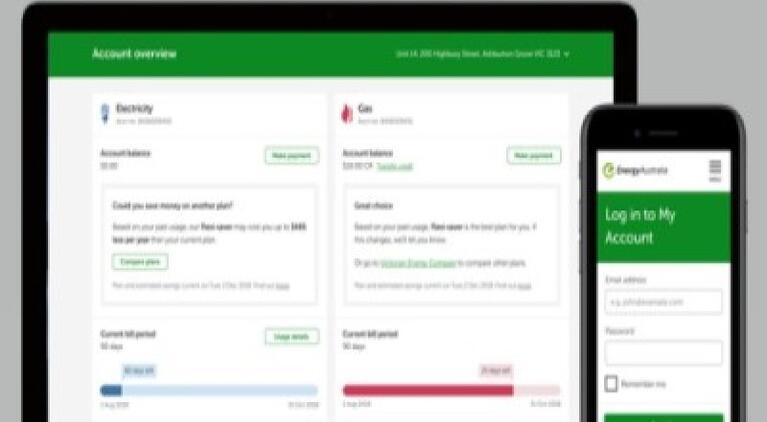On 1 July 2019, the Default Market Offer (or DMO) was introduced to home and small business electricity customers in New South Wales, South Australia and south east Queensland.
What’s happened?
From 1 July 2020, the DMO has been introduced for the following customers:
- residential customers with a time of use rate with or without controlled load
- residential and business customers with solar
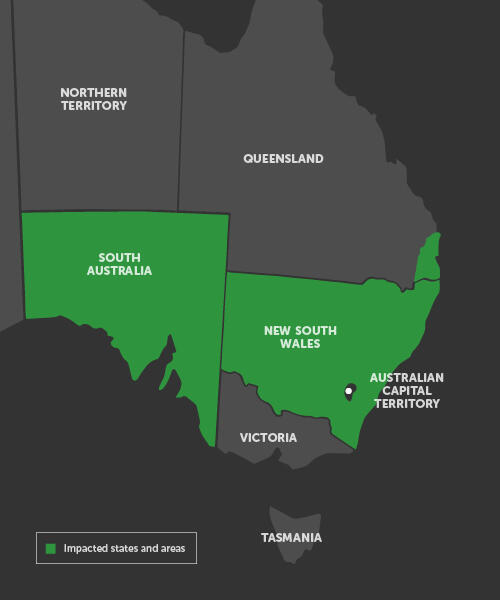
The Default Market Offer is the annual maximum total bill amount (called a reference price) energy companies can charge for the ‘standing offer’ prices based on a set average usage amount. It’s a reference price designed to make it easier for customers to compare energy plans across different providers.
Energy retailers are free to set supply and usage charges as long as the total annual bill is equal or less than the Default Market Offer reference price based on a set average usage amount.
The Default Market Offer can be offered to eligible residential and small business customers in New South Wales, South Australia and south east Queensland.
These include;
- Customers on a Standing Offer Home electricity plan with a flat with or without a controlled load rate or on a Standing Offer Business electricity plan with a flat rate, your rates would have been changed to reflect the Default Market Offer rates for your area from 1 July 2019.
- Customers on Standing Offer Home electricity with a time of use rates with or without controlled load, your rates changed to reflect the Default Market Offer rates for your area from 1 July 2020.
- The Default Market Offer can be offered to these customers if they also have solar.
If you’re a customer on these plans and rate types, you would have been contacted by us to let you know you've changed to Default Market Offer rates.
The Default Market Offer has been introduced by the Federal government to reduce standing offer prices. It’s a reference price designed to make it easier for consumers and businesses to compare energy plans across different providers. It’s intended as a safety net for residential and small business customers in New South Wales, South Australia and south east Queensland, who don’t have the time or access to compare market offers provided by electricity retailers.
The Default Market Offer (DMO) reference price is calculated for each electricity network area listed below based on the average usage and is set by the Australian Energy Regulator (AER).
The Australian Energy Regulator has determined the average annual usage level for each electricity distribution zone, which they will review annually.
These amounts have been determined for the following customers:
- Residential customers with flat tariffs with or without solar
- Residential customers with controlled load with or without solar
- Residential customers with time of use tariffs with or without solar
- Small business customers with flat tariffs with or without solar
The reference price has been calculated for each electricity zone based on the average usage.
| Residential without controlled load | Residential with controlled load | Small Business without controlled load | ||||
| DMO | Usage kWh | Price (incl. GST) | Usage kWh | Price (incl. GST) | Usage kWh | Price (incl. GST) |
| AUSGRID | 3,900 | $1,965 | Flat rate 4,800 + Controlled Load 2,000 | $2,717 | 10,000 | $4,977 |
| ENDEAVOUR | 4,900 | $2,411 | Flat rate 5,200 + Controlled Load 2,200 | $3,072 | 10,000 | $4,775 |
| ESSENTIAL | 4,600 | $2,741 | Flat rate 4,600 + Controlled Load 2,000 | $3,211 | 10,000 | $6,222 |
| ENERGEX | 4,600 | $2,143 | Flat rate 4,400 + Controlled Load 1,900 | $2,425 | 10,000 | $4,294 |
| SA Power Networks | 4,000 | $2,301 | Flat rate 4,200 + Controlled Load 1,800 | $2,824 | 10,000 | $5,541 |
Usage is kWh per year and reference prices include gst.
EnergyAustralia will also develop estimated annual costs using the above usage levels for each zone for our market electricity plans and then show the percentage difference between our offer and the reference price.
For example, here is an electricity offer in the Ausgrid area in NSW:
Lowest possible price for an average household in the Ausgrid zone, based on an average annual electricity usage amount of 3,900 kWh per year on a residential flat rate.
| An electricity plan offer cost for 12 months | $1,769 |
| Reference price (annual Default Market Offer cost) | $1,965 |
This means electricity plan offer is 10% less than the reference price for the average annual electricity usage for a household in the Ausgrid distribution area. This is an example, showing a comparison to the current DMO. Your actual cost will depend on your actual usage over the year and the plan you’re on.
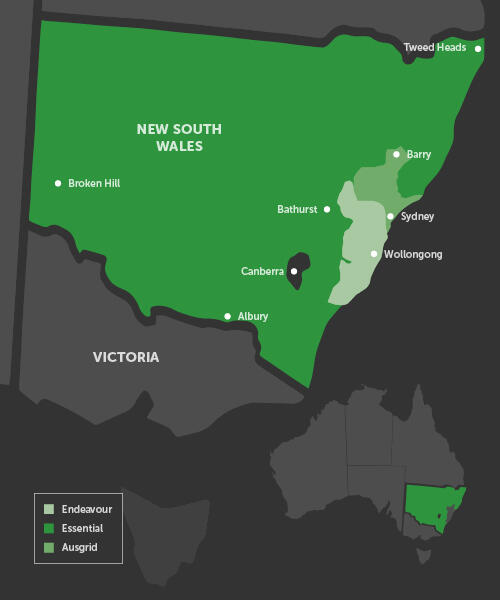
See our latest home and business plans.
What’s a distributor?
Your energy distributor is the company responsible for the poles, wires and gas pipes in your area. You’ll find the name of your distributor at the top right hand side of your energy bill.
There are five electricity distribution zones impacted by the Default Market Offer across three states.
Ausgrid is an electricity distributor on Australia’s east coast, maintaining poles and wires to power over 1.7 million homes and businesses.
The area covers parts of Sydney and north west metropolitan areas, Newcastle and as far north as Barry.
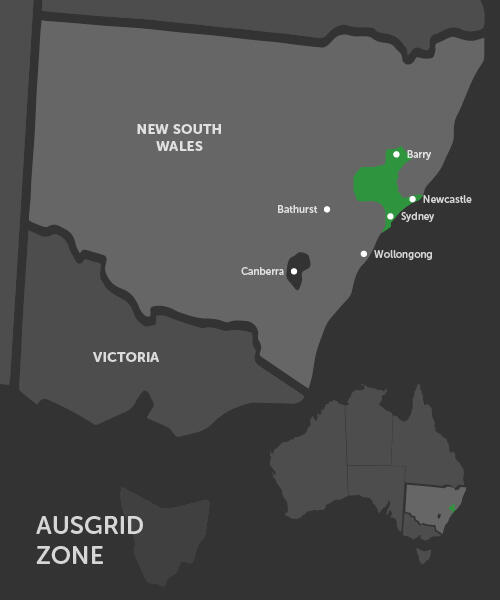
Essential Energy’s distribution area maintains the poles and wires to 95% of New South Wales and parts of south east Queensland.
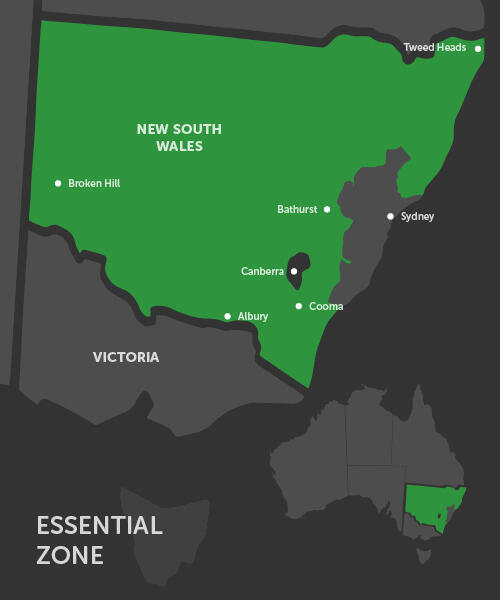
Endeavour Energy maintains the poles and wires to 2.4 million homes and businesses across Sydney's Greater West, Blue Mountains, Southern Highlands, the Illawarra region and the South Coast.
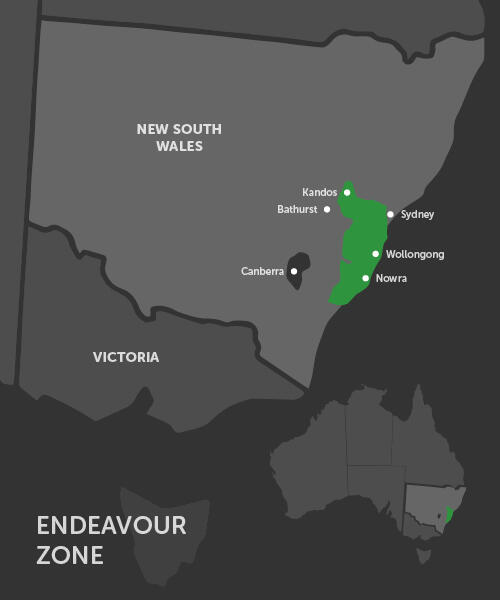
Energex maintains the poles and wires to most parts of south east Queensland which includes Brisbane, Gold Coast, Sunshine Coast, Logan, Ipswich, Redlands and Moreton Bay. It also covers parts of the the New South Wales border north to Gympie and west to the bottom of the Great Dividing Range. This covers about 1.4 million homes and businesses.
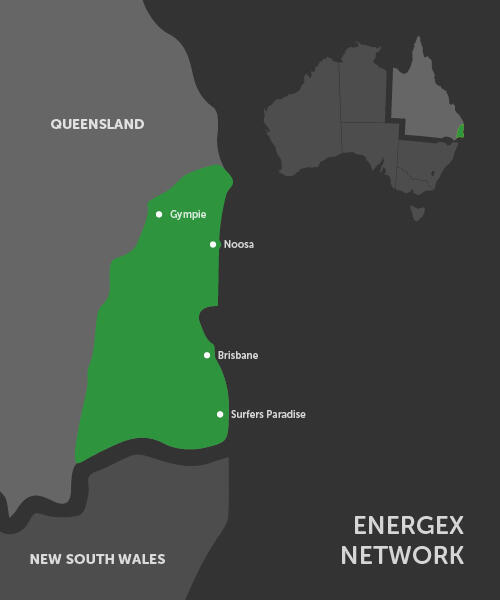
SA Power Networks maintains the poles and wires to provide power to 860,000 homes and businesses across South Australia.
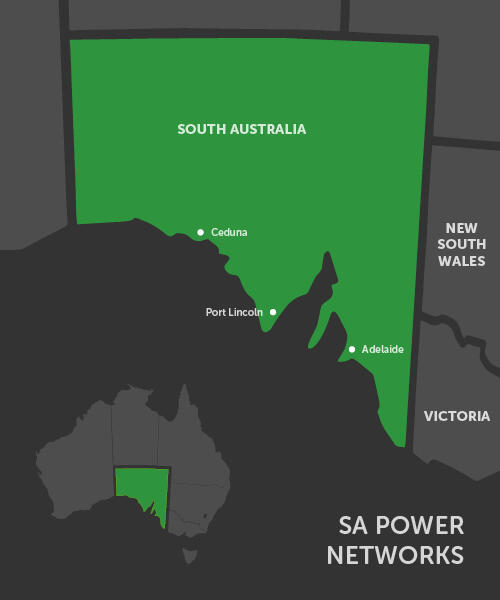
Electricity plans are now easy to compare – just look at the percentage difference from the reference price. The bigger the difference off the reference price, the better the deal for you.
Tariffs are also known as rates. For more information go to our tariff pages.
Controlled load electricity refers to electricity being used by a stand-alone item, like an electric hot water service, electric slab heating and irrigation pumps. Controlled loads are recorded by a separate meter and can be billed as an off-peak rate.
Find out more about controlled load.
Our Standing Offer Home or Standing Offer Business plan have standing offer tariffs that have no discounts. It applies to a customer who may be ineligible for a market offer or does not actively choose an energy plan with an energy company.
When someone moves into a house and the electricity or gas is already connected, any consumption is charged at the standing offer rates until the resident chooses another energy plan.
If you’re on a Standing Offer Home electricity plan with a flat or controlled load rate or on a Standing Offer Business electricity plan with a flat rate, your standing offer rate reflect the Default Market Offer rates for your area from 1 July 2019.
If you’re on a Standing Offer Home electricity plan with a time of use rate, your standing offer rate will automatically be changed to reflect the Default Market Offer rates for your area from 1 July 2020.
If you’re on a Standing Offer Business plan with time of use rates, the Default Market Offer won’t apply to this rate type and you’ll stay on the current standing offer rate.
The Default Market Offer (or DMO) annual maximum reference prices are set by the Australian Energy Regulator (AER) for each electricity distribution zone in New South Wales, South Australia and south east Queensland. They’ll also review these reference prices annually.
You can read more information about how the AER sets the Default Market Offer price by going to the AER website.
The Default Market Offer applies to electricity customers in New South Wales, South Australia and south east Queensland:
On a Standing Offer Home electricity plan with:
- a flat rate and/or a controlled load, including solar if applicable
- a time of use rate with or without a controlled load, including solar if applicable
On a Standing Offer Business electricity plan with:
- a flat rate, including solar if applicable
The Default Market Offer does not apply to:
- Residential or small business electricity customers on a market plan, which is an energy plan typically with a benefit or incentive (e.g. a discount or a credit to your bill) for a fixed amount of time.
- Gas accounts including bulk hot water
- Small business customers electricity time of use
- Small business electricity controlled load
- Embedded networks
- Prepayment meter tariff
- Tariffs that include demand charges
- Standing Offer Home or Standing Offer Business electricity plans in Victoria or the Australian Capital Territory.
This is a type of electricity infrastructure generally managed by the building owner. A person living in an apartment complex, retirement home, caravan park or tenant in a shopping centre may be receiving their electricity via an embedded network.
No, the Default Market Offer doesn’t apply in the ACT or outside south east Queensland, as regulated prices are already available under state regulatory arrangements.
In the ACT, it’s called the reference price. Find out more about these changes.
No, the Default Market Offer doesn’t apply to gas.
If you’re on a Standing Offer Home electricity plan with a flat and/or controlled load or time of use rate or on a Standing Offer Business electricity plan with a flat rate, your price will reflect the Default Market Offer rates for your area.
The Default Market Offer (DMO) doesn’t impact your solar feed-in tariff price. From 1 July 2020, the DMO now includes customers on standing offer tariff with solar. If you’re on a Standing Offer electricity plan with solar, you’ll experience the same price protection as someone without solar.
The Default Market Offer price is set annually by an independent regulator, the Australian Energy Regulator, according to your specific electricity distribution zone. This means that prices will vary according to your region. The costs for supplying electricity, or the poles and wires, varies from region to region across the country.
- See our home and business plans to check that you’re on the best plan for your needs.
- We have a range to suit everyone, whether you’re looking for great rates, flexibility or price certainty.
How do I find which plan I’m on?
- If you’re not sure what plan you’re on now, go to ‘the Plan Summary section on page 2 of your home or business bill.

Eligible customers can access the Default Market Offer for electricity by signing up to our Standing Offer Home or Standing Offer Business plans. However, the Default Market Offer rates are not applied to all rate types and won’t be our best priced plan. If you want to find out what your best options are, we can discuss them with you.
You’re already accessing the Default Market Offer if:
- You’re on Standing Offer Home electricity plan with a flat or time of use rate with or without a controlled load, including solar if applicable.
- You’re on Standing Offer Business electricity plan with a flat rate, including solar if applicable.
Everyone’s needs and circumstances are different. View our plans and see which one might suit you best. It only takes 5 minutes to switch.
No. In Victoria it’s called the Victorian Default Offer.
Updates and more information
The Australian Energy Regulator will be reviewing prices annually. We’ll keep updating this page as we get new information and all affected customers will be contacted before any changes are made.

